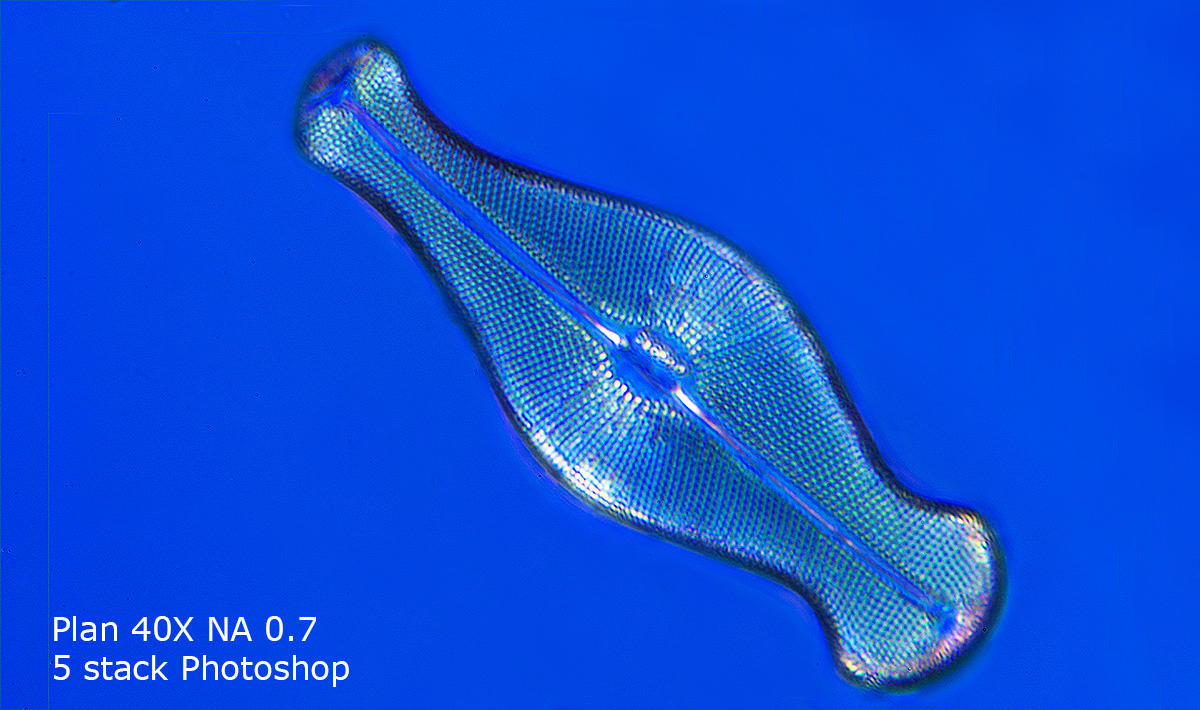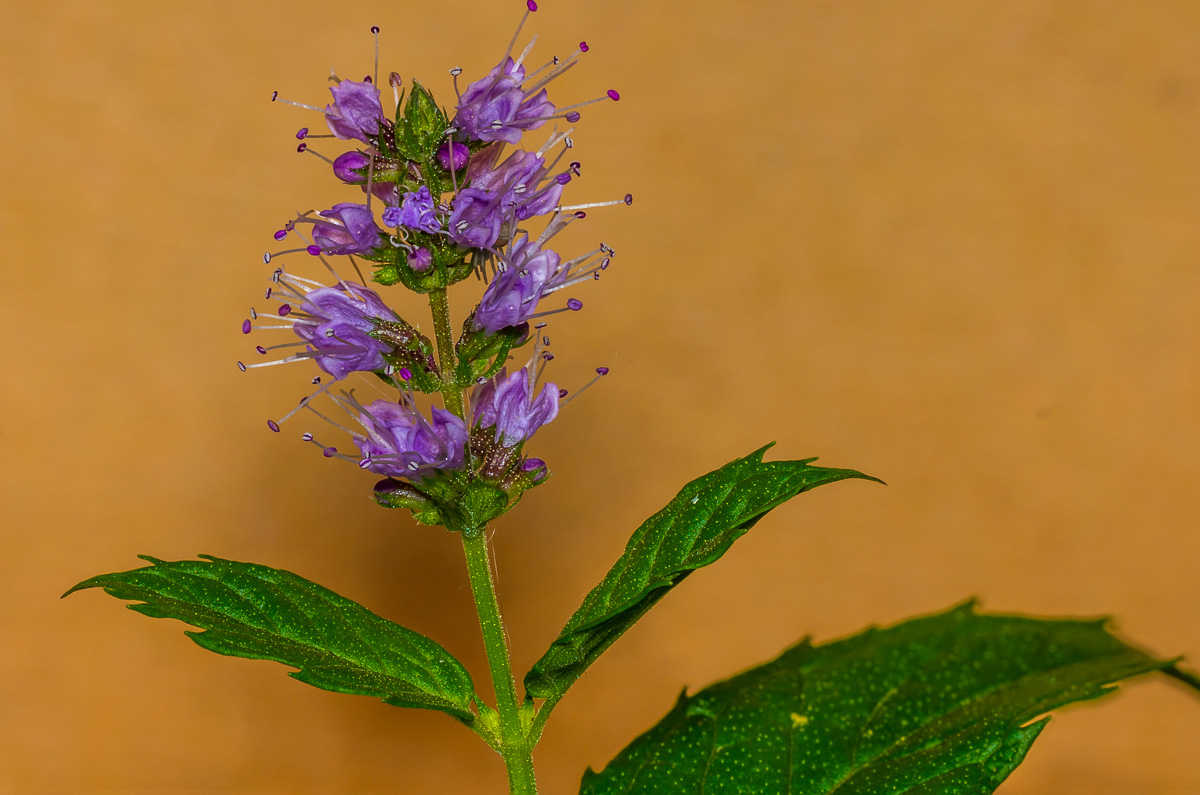

If you have an unsupported lens avoid DxO altogether However on standard MFT lenses DxO Deeprime on a single image achieves 2.5 - 3 stops of noise reduction and you can then focus stack and the result is better In addition your example is with a lens not supported by DxO (92mm what is that?) in which case denoise detroys detail

Crop of single 2X upscaled image after DXO DeepPrime denoising #3 Hard crop from #2 demonstrating denoising (compare with #1) and details enhancement due to High-Resolution stacking (compare with #4) #2 iWE stacking of about 20 images using high resolution iWE technique. It is evident that the stacking (images #2, #3) provides significantly better denoising with extracting the TRUE details compared to the denoised image #4 (DXO DeepPrime is used for the denoising).Ĭrop of one of the images in stack (no denoise, ). Image #1 is just single image of the high-resolution stack (#2).
#ZERENE STACKER VS PHOTOSHOP ISO#
The demo is for images taken at ISO 3200-4000 using G9.

Moreover, with a proper stacking procedure one can decrease the noise increasing the resolution at the same time. The stacking itself is one of the TRUE denoise methods, when no information is lost. It is because by denoising at the beginning you will loose the detailes hidden by noise. You approach with denoising at the first stage is incorrect. Hence for optimum image quality I find it best to denoise each image in the stack first and u fortunately that's a long job.ġ) Is there a way I can batch process raw conversion and denoise? (I currently only have lightroom, photoshop, Zerene Stacker, topaz denoise and a very old version of neat image and also noiseware community edition )Ģ) What are other people's stacking workflow? Stacking looks for sharpest part of images, which means unfortunately final image can be very noisy and often tricky to denoise.


 0 kommentar(er)
0 kommentar(er)
